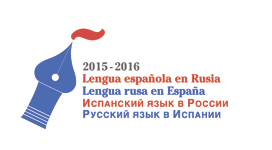Inner Landscape
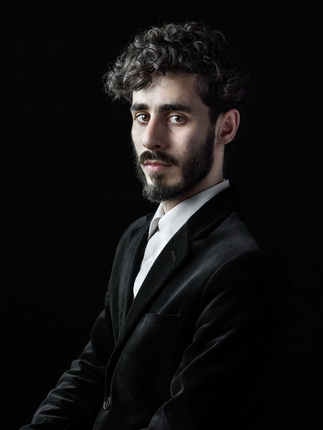
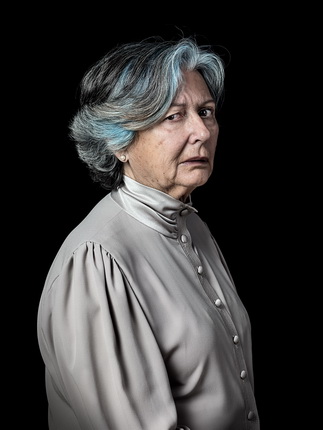
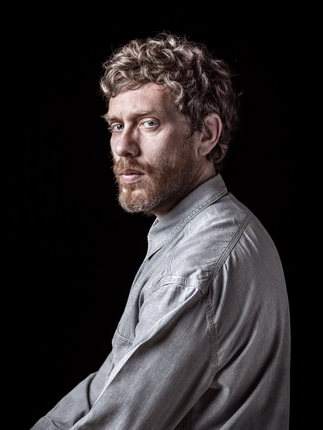
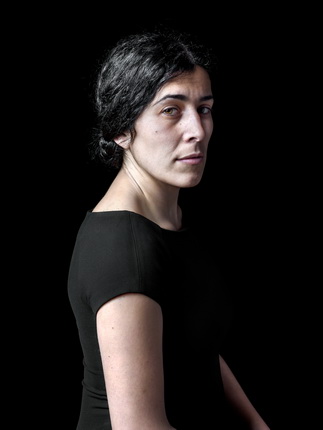
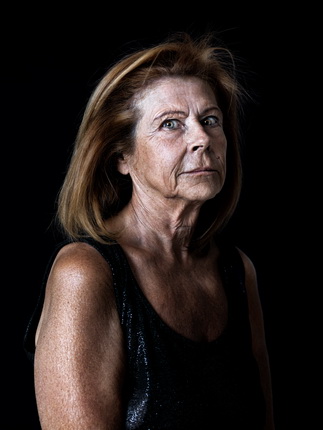

Ricardo López Bueno. Videoartista. 2014. © Ricardo López Bueno
Ricardo López Bueno. Profesora. 2014. © Ricardo López Bueno
Ricardo López Bueno. Dibujante. 2014. © Ricardo López Bueno
Ricardo López Bueno. Cómica. 2014. © Ricardo López Bueno
Ricardo López Bueno. Intérprete. 2013. © Ricardo López Bueno
Ricardo López Bueno. Director de Orquesta. 2014. © Ricardo López Bueno
Moscow, 5.03.2015—2.04.2015
exhibition is over
Central exhibition hall Manege
1, Manege Square (
www.moscowmanege.ru
Share with friends
Curator: Agnès de Gouvion Saint-Cyr
For the press
From the beginning, photography, which offered the generic quality of «mechanically» reproducing reality as an unfailing truth — or so it was thought,— slowly infiltrated the mould of classic pictorial genres to become an art that is now practiced as such. Thus, the representation of the landscape that would reveal the beauty of nature to laymen, as well as document previously unknown far-away lands, underwent enormous development over the course of the 19th century to create, over time, a specific aesthetic.
Meanwhile, portraiture, directly inspired by the rules of painting, fluctuating between the exact and supposedly objective representation of the subject, the evoking of the subject’s beauty and uniqueness and, above all, the magic act against death, still constitutes an unparalleled singularity. Indeed, it is built within the framework of a trilogy in which each role is clearly defined and the expertly-organised game between the artist, his model, and the viewer is clearly moderated by the artist.
Ricardo López Bueno voluntarily chose a classic yet very personal approach that affirms rigorous, specific and uncompromising choices. In his work he plays with the traditional issues of viewpoint (seated subjects, often in three-quarter view and indoors), frame (close-ups of the face or bust to better capture the subject’s personality), light (the permanent presence of double artificial lighting to give a sense of volume), decoration (as neutral as possible, that is, people standing out against a black background in modern clothes), and the choice of subjects whom he prefers to be simple and anonymous.
In fact, the bulk of his work is about this private and sensitive dialogue that he strikes up at length with the person. In this sense the contact prints are fascinating because they show the evolution of the subject’s expressions in the silence of the workshop, until all these elements find just the right balance to better translate the feeling that the person arouses in Ricardo.
Clearly, the strength of this work lies particularly in the carefully crafted expression of the eyes, which gives rise to emotions and, often evoking the past, mirrors the image of the soul — intimate, fleeting and contained, — thus bringing the ineffable to the forefront.
Two fundamental operations then begin: choosing the images and the final definition of the format of the pieces. From all of these shots, often so different, Ricardo selects those that reflect his intentions and expectations to later make the print according to the use of the image. The small format will find its place with families, the medium format might end up in a collector’s display and the large format, exhibited to the public, will become part of a museum’s portrait gallery.
This exhibition will thus reveal the artist’s talent and, undoubtedly, a part of himself.
Agnès de Gouvion Saint-Cyr
Project presented by
With the support of
As part
